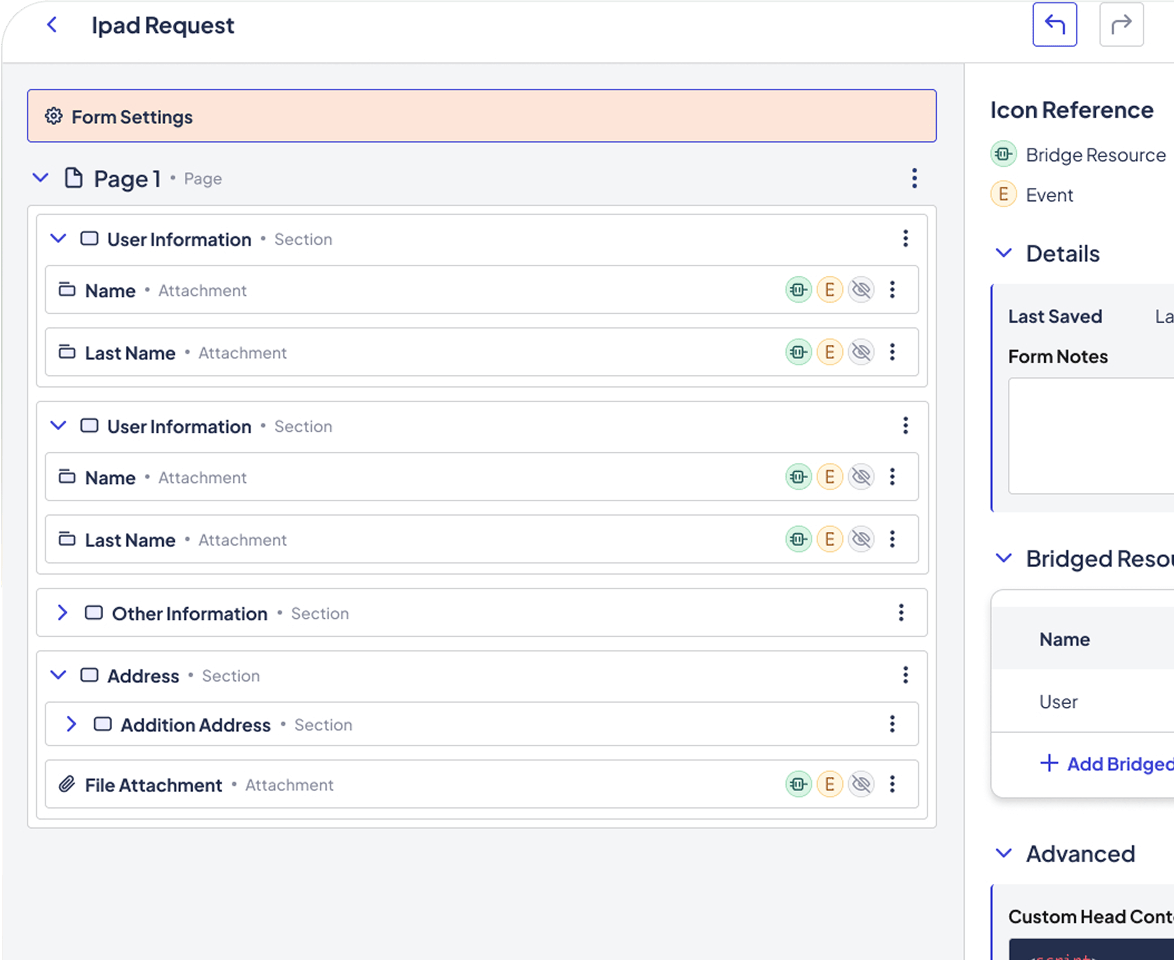Bots are great at clicking buttons. But when it comes to real enterprise adoption, they break, they cost too much, and they never deliver the full outcome. Kinetic is the orchestration layer that makes RPA useful — resilient, governed, and experience-driven.
RPA Platforms Reimagined
What is a Robotic Process Automation platform?
Robotic Process Automation (RPA) exploded onto the scene with a seductive promise: armies of digital workers that could take over the mind-numbing, repetitive tasks humans never wanted to do in the first place. Think bots logging into mainframes to copy and paste data, reconciling invoices in finance systems, or resetting passwords at scale. Vendors like UiPath, Automation Anywhere, and Blue Prism sold the dream that with enough bots, organizations could achieve automation nirvana.
And to be fair, RPA has its strengths. It shines when you need a quick fix for processes buried inside old, screen-based systems that don’t have APIs. Instead of waiting for IT to build an integration, you can spin up a bot to click through screens, enter values, and move data where it needs to go. For back-office operations drowning in legacy tools, RPA can deliver fast wins: reducing manual effort, speeding up transactions, and cutting down on human error.
But here’s the rub: RPA is fundamentally task-level automation, not process orchestration. Bots are brittle — change a field on the UI and suddenly hundreds of automated runs start failing. Scaling across an enterprise introduces spiraling costs, as each bot instance, orchestrator, and license carries its own price tag. And because bots are invisible to the end-user, they don’t improve adoption or experience — employees often don’t even know when a bot is part of the workflow.
That’s why so many RPA initiatives stall after the first wave of deployments. The “easy wins” dry up, maintenance overhead skyrockets, and companies realize that while bots can mimic clicks, they don’t solve the bigger challenge: orchestrating complete, resilient processes across humans, systems, and data.
Kinetic vs RPA
How does the Kinetic platform stack up against robotic process automation platforms?
Focus
RPAs:
Automates individual tasks by mimicking clicks
With Kinetic:
Orchestrates full processes across humans, bots, and systems
Experience Layer
RPAs:
None — bots run in the background
With Kinetic:
Headless “Own the Glass” UX layer, tailored portals & forms
Resilience
RPAs:
Brittle; UIs change → bots fail
With Kinetic:
API-first orchestration, with bots as one step in a durable flow
Scalability
RPAs:
Costs balloon with more bots/licenses
With Kinetic:
Consumption-based pricing tied to workflows, unlimited users
Competition
Who are the other platforms in the RPA category?
How Kinetic compares: We don’t replace bots — we make them work. Kinetic integrates RPA into broader orchestrations, unifies them with people and systems, and wraps them in experiences users actually adopt
UiPath
Market leader, strong task automation, but high TCO and maintenance burden.
Automation Anywhere
Good for quick bot deployment, struggles with governance at scale.
Blue Prism
Strong in regulated industries, but rigid and slower to adapt.
Stop piling up bots. Start orchestrating outcomes.
